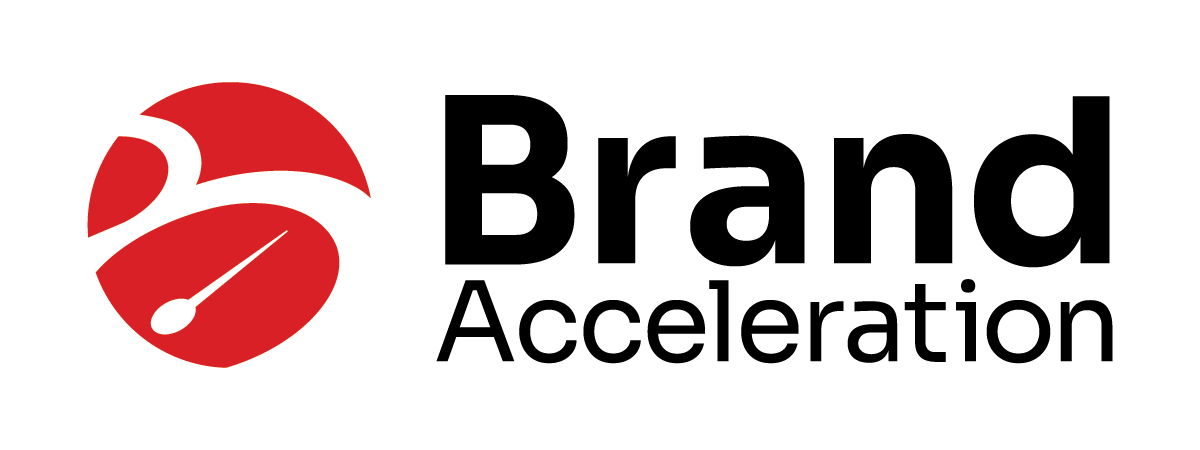
By Jim Walton, CEO, Brand Acceleration, Inc.
A while back, I was asked to meet with an economic developer and several of the county’s largest employers to discuss their serious workforce shortage. Combined, the companies had hundreds of job openings that they were struggling to fill. During the meeting, the economic developer explained that there were ongoing efforts throughout the area to educate and train workers to fill the jobs. The K-12 schools, community colleges, and independent training organizations were working flat-out to train and place workers. It was an impressive group effort, but there was one serious problem.
In the minds of the employers, it was too slow. After a while, one of the employers raised his hand and said, “You’re describing the two-year plan. I need workers tomorrow.”
While it’s vital to have a long-term workforce development plan to provide a strong workforce pipeline, economic developers need to work quickly to solve their employers’ immediate workforce needs. And, equally as important, they need to market these two programs. Marketing a community’s workforce development and its workforce attraction are two totally different animals and require different tactics.
How do you market workforce development?
It’s important for employers to know what’s happening in training and education, but it’s also important that they have input. The best form of marketing, as it relates to workforce development, comes from having the employers involved. Some communities have employer councils or other such groups that meet regularly with educators and economic developers to help align training programs with needs.
All of this should be actively promoted via a website, videos, social media, newsletters, blogs, face-to-face meetings, phone calls, and other methods of engagement.
What programs should you highlight?
Educational programs must actively serve your current and target industries. For example, manufacturers want to know that schools are cranking out machinists and welders, while distribution centers would like to see programs in distribution, facilities management, etc.
Corporate executives and site consultants like to see a pipeline, too. By demonstrating a straight-line path from K-12 schools to post-secondary schools to the work floor, these audiences can see a well-thought-out workforce pipeline. This builds confidence that the community is addressing its employers’ future workforce needs.
How is workforce attraction different?
As recently as a couple of years ago, workforce attraction was as simple as promoting the availability of jobs and jobs boards popped up on websites nationwide. The reality of the time was that jobs were like bait – people were drawn to them.
Today, things are dramatically different. Open jobs are no longer enough to lure workers away from their current jobs and communities. It’s vital to tell the community’s story. The audience is much broader.
How are the audiences different?
This is another area of dramatic change. It used to be that the audience was simply unemployed or under-employed individuals. Now, the audiences are numerous and fragmented. A community’s marketing effort must connect, specifically, to highly targeted audiences. Targets could include, but not be limited to blue-collar skilled workers, skilled tech workers, Gen Z’ers, Millennials, Gen X’ers, spouses, children, marrieds, singles in relationships, singles not in relationships, those with or without children, influential parents and grandparents, and on and on. Each is motivated by something, and that something is different than the others. Messaging must be carefully crafted for maximum impact.
How do you reach these audiences?
Effective workforce attraction marketing efforts utilize many channels, too. For some audiences, traditional media – like television, radio, and outdoor – might work. Others might be better reached by online, digital entertainment, social media, and geo-fencing. It’s very important to develop a multi-platform mix of tools that will effectively reach each of the audiences with messaging that is crafted just for them.
I’ve been in marketing and media long enough to tell you there are several very common mistakes made when it comes to channel marketing. For example, assuming the best way to reach younger audiences is Facebook. It’s not that simple. Each micro-targeted group is different, and their lifestyle motivates them to utilize different channels. Another mistake is assuming that the best radio or television station to use is the one you listen to or watch. Of course, everyone loves that polka music station you’ve been addicted to for years, don’t they?
While different, workforce development and workforce attraction are fundamentally linked. They both address the needs of local employers – just with different timelines. Workforce attraction is very much a “now” problem and requires a “now” solution. By reaching out to specific audiences with targeted messages, communities can start to see results right away. The important factor to remember is that marketing your workforce attraction is nothing like marketing your workforce development. The audiences, messages, and tactics are completely different.
Note from the author: The development and execution of a fully flesh-out workforce attraction marketing campaign is not always inexpensive, and economic developers can be easily scared off by the upfront cost. Since Brand Acceleration understands the long-term benefits of such a program, we developed our Self-Funding Workforce Attraction Marketing Initiative. You can learn more about it here, or by calling us.
